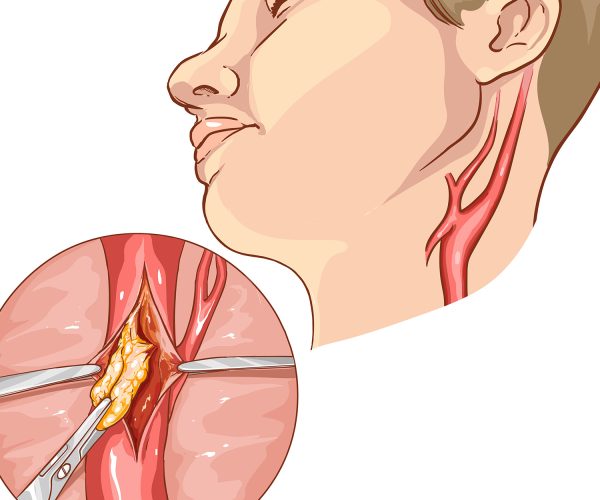What is Carotid Endarterectomy?
Carotid endarterectomy is a procedure performed to remove fatty deposits (plaques) from the carotid arteries, which supply blood to the brain. Plaque buildup in these arteries increases the risk of stroke due to restricted blood flow or clot formation. During the operation, the artery is carefully opened, cleaned, and repaired to restore proper circulation. It is typically recommended for patients with significant arterial narrowing detected through imaging studies or after minor stroke symptoms.
This procedure helps to:
- Prevent strokes by improving blood flow to the brain.
- Remove blockages caused by plaque buildup.
- Reduce dizziness, confusion, or mini-stroke symptoms.
- Restore normal blood flow to the head and neck.
- Lower long-term cardiovascular risk.
What to expect after Carotid Endarterectomy?
After surgery, patients are monitored in the hospital for a short period to ensure stable circulation and proper healing. Recovery is generally smooth, with mild soreness at the incision site. Most individuals resume normal activities within 1–2 weeks.
- Mild neck discomfort or swelling.
- Short hospital stay for observation.
- Clear improvement in blood flow confirmed by ultrasound.
- Gradual return to daily routines.
- Long-term use of medication to maintain artery health.









